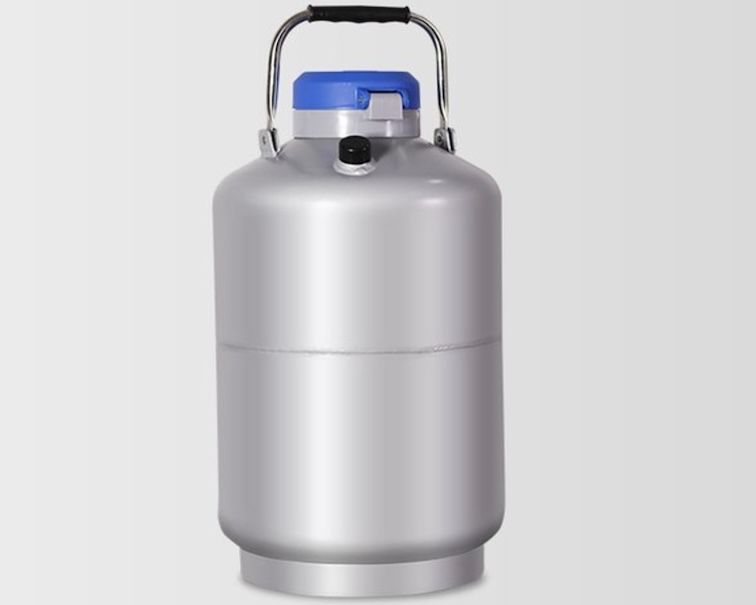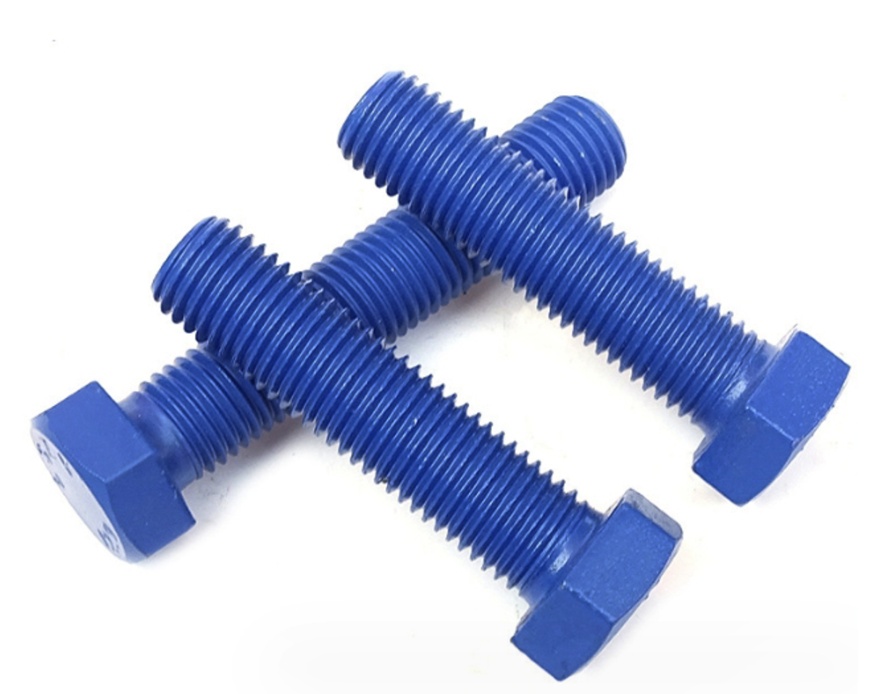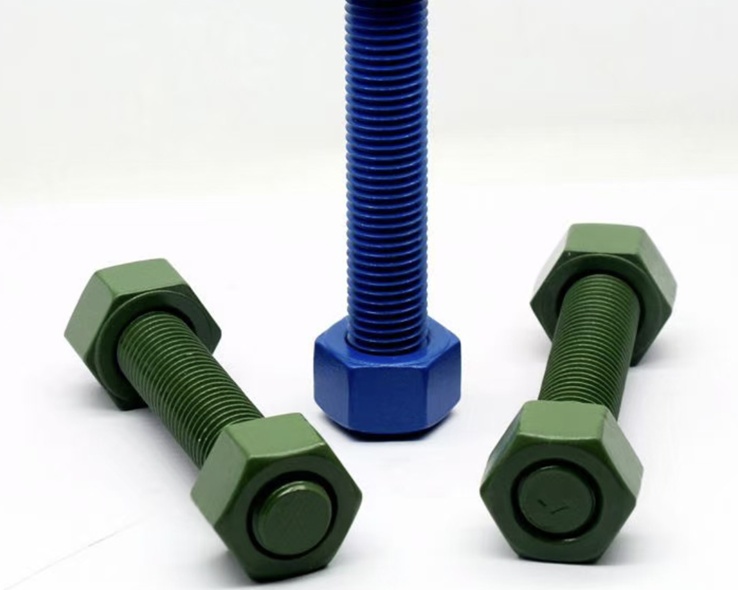Aluminum is one of the few materials that retain and even improve mechanical properties at cryogenic temperatures (below -150°C or -238°F). aluminum alloys maintain ductility and strength, making them ideal for use in liquefied gas storage, spacecraft, cryogenic fuel tanks, and low-temperature processing systems.
Character of Aluminum Alloy materials
- Low density (one – third the weight of steel)
- The best mechanical strength to mass ratio
- Relatively high thermal conductivity
- Low thermal emissivity (used to cover MLI reflective sheets)
- Used in many cryogenic applications: inner vessels, heat exchangers, thermal shields… (see the next slide)
Aluminum Material introduction for Cryogenic Service
- 1xxx (unalloyed) aluminum – Commercially pure aluminum (1100, with 99.00 percent minimum aluminum) and special versions of higher purity (e.g., 1350 conductor) are readily weldable, have high electrical conductivity, and exceptional corrosion/chemical resistance, but relatively low strength so are used for those applications where the former properties are paramount.
- 2xxx (Al-Cu) alloys – Certain members of the 2xxx series, notably 2219 and 2195, are readily welded and are stronger than the 1xxx, 3xxx, 5xxx, and 6xxx series, and so are used for critical applications like space tankage, and vehicles for transportation of cryogenic fluids.
- 3xxx (Al-Mn) alloys – Alloy 3003 has been quite widely used for heat exchangers in cryogenic service; it has higher strength than 1xxx varieties and is very readily brazed, welded, and soldered.
- 5xxx (Al-Mg) alloys – The 5xxx alloys offer an exceptional combination of strength, toughness, corrosion resistance, weldability, and economy of fabrication, and are the most widely used for critical arctic and cryogenic applications from tankage, bridges, chemical processing equipment. As a prime example, alloy 5083-O was the alloy selected for the 125-ft (45-m) spheres for shipboard transportation of liquified natural gas (LNG) around the world.
- 6xxx (Al-Mg-Si) alloys – Exceptional extrudibility combined with high strength, corrosion resistance, and weldability, has made the 6xxx alloys also among the favorites for arctic and cryogenic service, often in combination with 5xxx alloys. The ability to economically produce irregularly shaped extrusions with the metal placed where stresses are highest provides a major advantage of alloys like 6061 and 6063.
- 7xxx(Al-Zn) alloys – Familiar aircraft alloys like 7050, 7075, 7150, and 7475 have high strength, but are not weldable by commercial practices and generally exhibit a gradual decrease in toughness with decrease in temperature; the use of 7xxx alloys is generally discouraged, with weldable alloy 7005 being the principal exception.
Which aluminum alloys are most used in cryogenic applications?
Aluminum 5083 is the most common choice for cryogenic applications. When this alloy is cooled to as low as -165°C, it will see an increase in ultimate tensile strength of 40% and in yield strength of 10%. Alloy 5083 also exhibits excellent fracture toughness at such temperatures.
Another alloy that might see use at cold temperatures is alloy 6061. It displays good fracture toughness in extreme cold, although its yield strength is not as good as some other options, like 5083. Another option is alloy 7039, which is a weldable alloy and performs well in terms of both strength and fracture toughness. Both 2024 and 2124 have similar tensile properties at subzero temperatures, but 2124 has a higher purity base, which leads to improved fracture toughness.
We supply certified aluminum plates, sheets, Pipe,fitting,flanges and fabricated components for cryogenic and low-temperature applications.
Contact us now for datasheets, pricing, or custom fabrication services.


